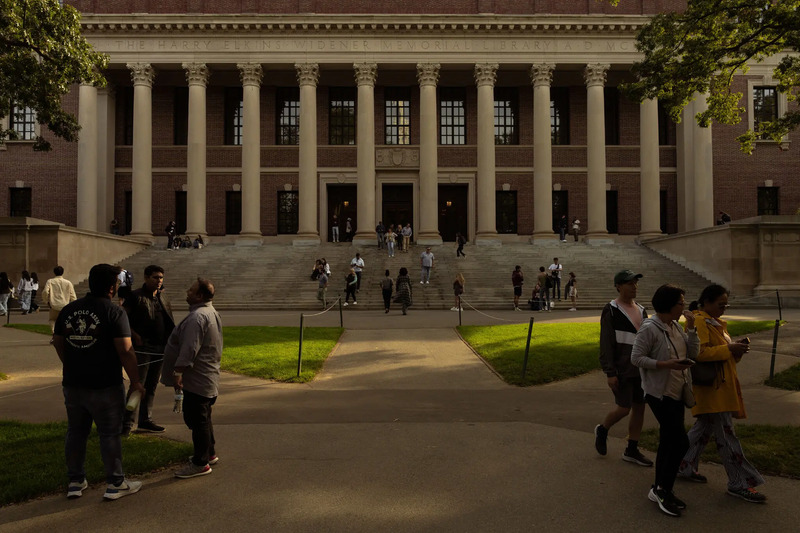Thousands of borrowers are finding that their monthly payments were incorrectly calculated, sometimes for larger amounts than they really owed, now that the federal student loan machinery has been restarted.
The errors were discovered when more than 28 million federal student loan borrowers started making their monthly payments again this month after a nearly four-year hiatus due to a pandemic-related relief program.
The errors have impacted borrowers moving into the new income-driven repayment plan (SAVE) of the Biden administration, which sets monthly payments based on family size and income. When compared to the REPAYE program it replaced, the program is expected to reduce many borrowers’ payments by more than half. However, during the process of moving consumers from the old program to the new one, at least one loan servicer encountered an issue that resulted in incorrect payment amounts.
The Missouri larger Education Loan Authority, or MOHELA, calculated the payments using the 2022 poverty requirements rather than the 2023 guidelines. As a result, 280,000 borrowers, or around 1% of the total, received “modestly higher” payment levels than they should have under the revised SAVE plan. As per the Education Department, borrowers were informed about their accurate payment amount.
Additionally, the Education Department said that during its routine review process last month, it discovered disparities in certain payment amounts. As a result, it requested that the loan servicers verify their files with respect to computations related to marital status, income, and family size. Due to these errors, a “very small number” of borrowers were charged too little while other borrowers had payments that were too high.
The Education Department said that as soon as it became aware of the problems, it instructed loan servicers to inform the impacted borrowers and place them in administrative forbearance until they could figure out the appropriate payment amounts.
Overpayment borrowers will be eligible for a refund.
The loan simulator tool at StudentAid.gov allows users to verify the correctness of their payment amounts. It should provide a reasonable estimate of what they owe, but any inconsistencies may need to be reconciled with persistence and patience.
Referring to the infamously lengthy wait times for loan servicer representatives, Persis Yu, deputy executive director of the Student Borrower Protection Center, stated.
The business began to detect the inaccuracies, according to Bobby Matson, CEO of Payitoff, a debt management software company, when his company’s payback calculations were verified as valid but did not match the monthly amounts that other loan servicers were sending to borrower accounts.
The new SAVE program and the large payment restart were two of the numerous measures that Congress launched at the same time that funding for the Office of Federal Student Aid remained unchanged. Through a number of additional initiatives, the Biden administration has also been providing student debtors with targeted debt relief.
According to Scott Buchanan, executive director of the industry association Student Loan Servicing Alliance, the majority of the present problems have been resolved, and loan servicers have been modernizing their computer networks to accommodate a wider range of online demands.












+ There are no comments
Add yours